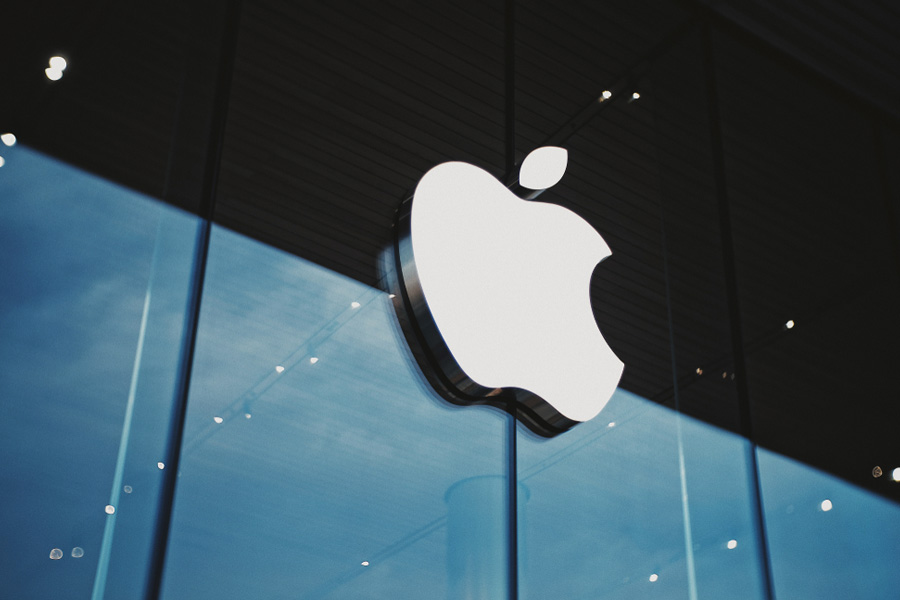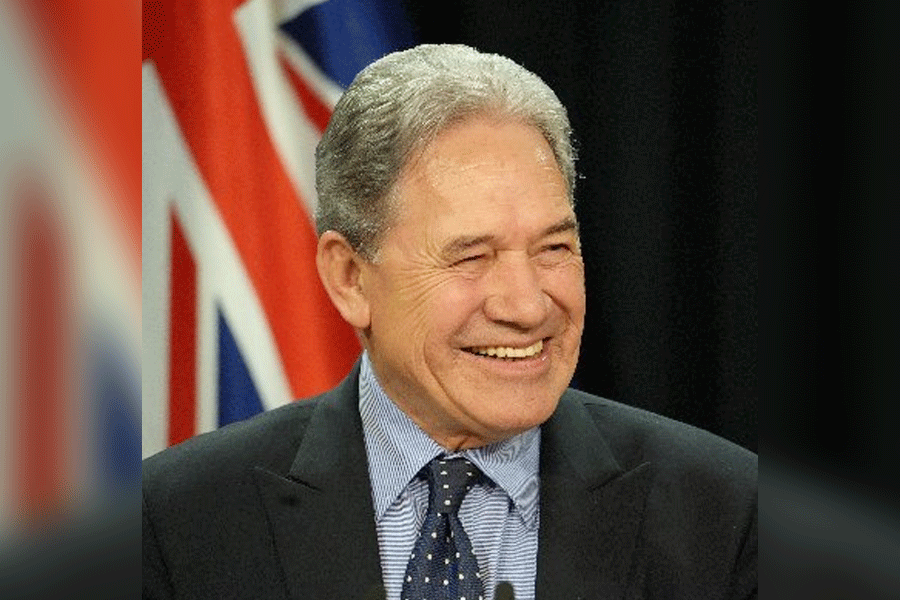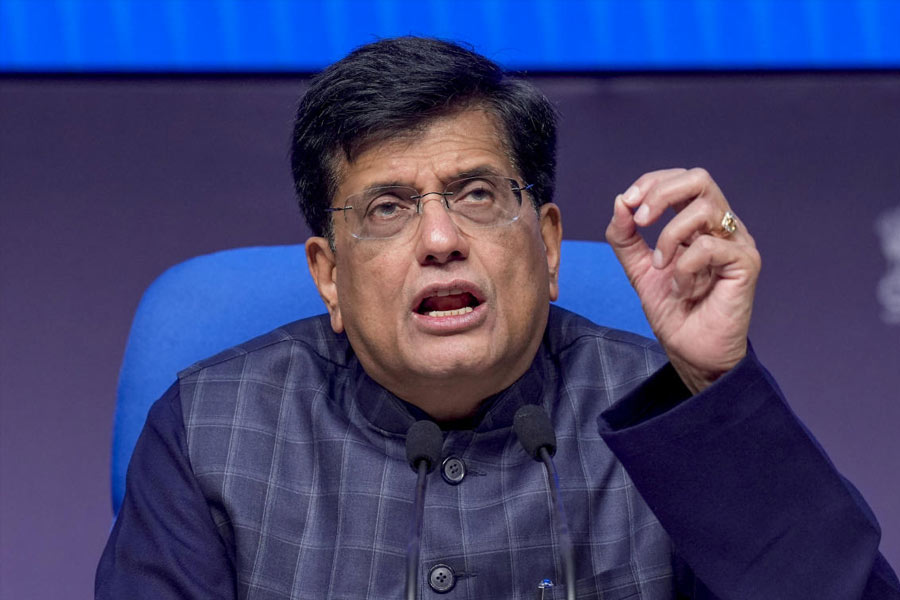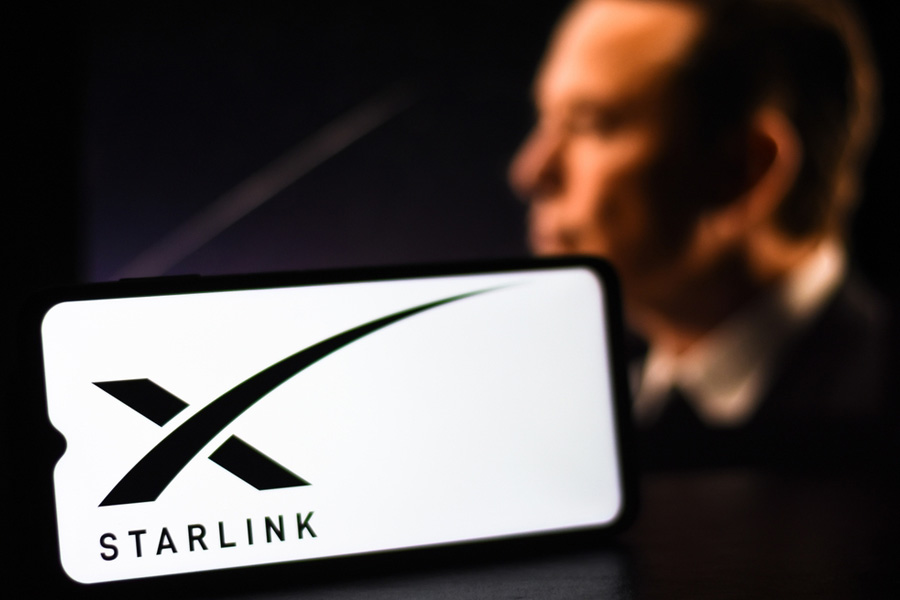Donald Trump’s tariff blitz has put the consumer electronics sector under the pump.
iPhone fans in the US could face steep price hikes in the near future, as new tariffs imposed by the US President on global imports threaten to raise costs on handheld devices. According to experts, iPhones could see a price hike by 30% to 40% if Apple decides to pass the additional costs onto consumers, according to a Reuters report.
Most iPhones are currently manufactured in China, which has been hit with a 54% tariff. If these levies remain in place, Apple will be forced to make a difficult decision: absorb the cost themselves or transfer it to customers.
A significant price increase could negatively impact consumer sentiment and give South Korea's Samsung a competitive advantage, as the country faces a 25% tariff—lower than the 54% imposed on China. Analysts warn that if iPhone prices rise significantly, Apple may lose market share to its South Korean competitor.
Apple sells over 220 million iPhones each year, with its largest markets being the United States, China, Europe, and a rapidly expanding market in India. Although Apple has increased its production in India, the majority of its smartphones are still made in China.
For example, the new iPhone 16, which launched in the US with a base price of $799, could jump to $1,142 if analysts' projections hold true, reflecting a 43% price increase. The high-end iPhone 16 Pro Max, currently priced at $1,599, could skyrocket to nearly $2,300 under the same conditions.
The new iPhone 16e, which was introduced in February this year as a more affordable option, is currently priced at $599. If it follows the same price trajectory, the device could jump to around $856, a 43% increase.
Apple’s stock took a hit following the tariff announcement, dropping over 8% and on track for its worst day since September 2020.
During his first term, Trump imposed similar tariffs on Chinese products to encourage US companies to bring manufacturing back to the States or relocate production to nearby countries like Mexico. While Apple was able to secure some exemptions at the time, no such waivers have been granted this time around.
Barton Crockett, an analyst at Rosenblatt Securities, expressed surprise at the lack of leniency for Apple this time. “We never expected the tariff situation to play out like this. Apple was essentially treated as an exception last time, but this time it looks like they’re going to have to absorb the cost,” he said in a recent note.
While iPhone users typically purchase their devices through multi-year contracts, many analysts point out that Apple has already been facing sluggish demand in key markets. Apple’s “Intelligence” suite of features— which includes tools like AI-driven email rewriting and access to ChatGPT— has failed to generate significant excitement among consumers, leading to weaker-than-expected sales.
Analysts believe this could put additional strain on Apple’s bottom line, especially if higher tariffs further dampen demand.
Angelo Zino, equity analyst at CFRA Research, stated that Apple might struggle to pass on significant price hikes. “We expect Apple to limit price increases to no more than 5% to 10% until the fall, when the iPhone 17 is expected to launch. This is typically when Apple introduces planned price hikes,” he said.
Though Apple has shifted some production to countries like Vietnam and India to reduce reliance on Chinese manufacturing, these countries are also affected by the new tariffs, with Vietnam facing a 46% levy and India a 26% tariff. As a result, even with some diversification, Apple would likely need to raise prices by at least 30% on average to offset the new import duties.
Rosenblatt Securities' Crockett estimates that the tariffs could cost Apple up to $40 billion if they remain in place. “It’s hard to imagine Trump taking such a drastic step against one of the most iconic American companies, but if these tariffs stick, it could be very damaging,” he concluded.
Negotiations between Apple, the US, and China are expected to intensify in the coming weeks as all parties try to navigate this challenging situation.













